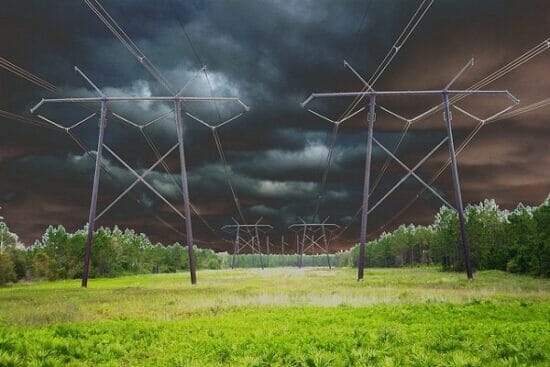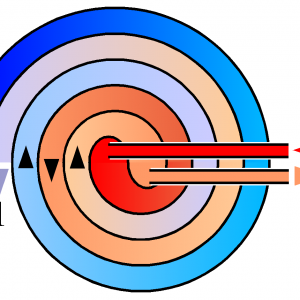E – 1985 Power Load Flow for Engineers and Operators; Impact of Renewables’ Widespread and Climate Change Goals
$150.00
Courses Included
We are living in an era where electricity is not considered a luxury, but a necessity that people in developed countries cannot live without for even a short period of time. The existing electric transmission grid has served the country well for many years. However, there is an increase in load growth as a result of population growth and the corresponding construction of new homes and businesses.
As a result, there is pressure on utility engineers and system operators to ensure there are adequate resources to provide secure and reliable power. One of the main tools to perform such function is via the use of load flow programs. There are several software programs available on the market, as well as many that are built in-house.
This course will discuss the key concepts that are crucial to the understanding of load flows from the engineering and system operators’ point of view. The fundamental knowledge gained in this course can be applied to any load flow software.
The course will show the important power formulas needed as well as provide numerous load flow examples. You will learn about the electric system, transformers, phase angle regulators, capacitors, shunt reactors, what is a contingency, how to react to a contingency, voltage drop calculations, key aspects of load flows, as well as various tools that help engineers and operators run their systems in an efficient and reliable manner.
In Power Load Flow 101: Basics, Theories & Applications for Engineers & System Operators, you’ll learn …
- The importance of the power triangle and its relation to equipment ratings
- How the electric load reacts to supply voltage changes
- The two main load flow solution methods: PTLF and SS
- The importance and methodology for performing a contingency analysis






